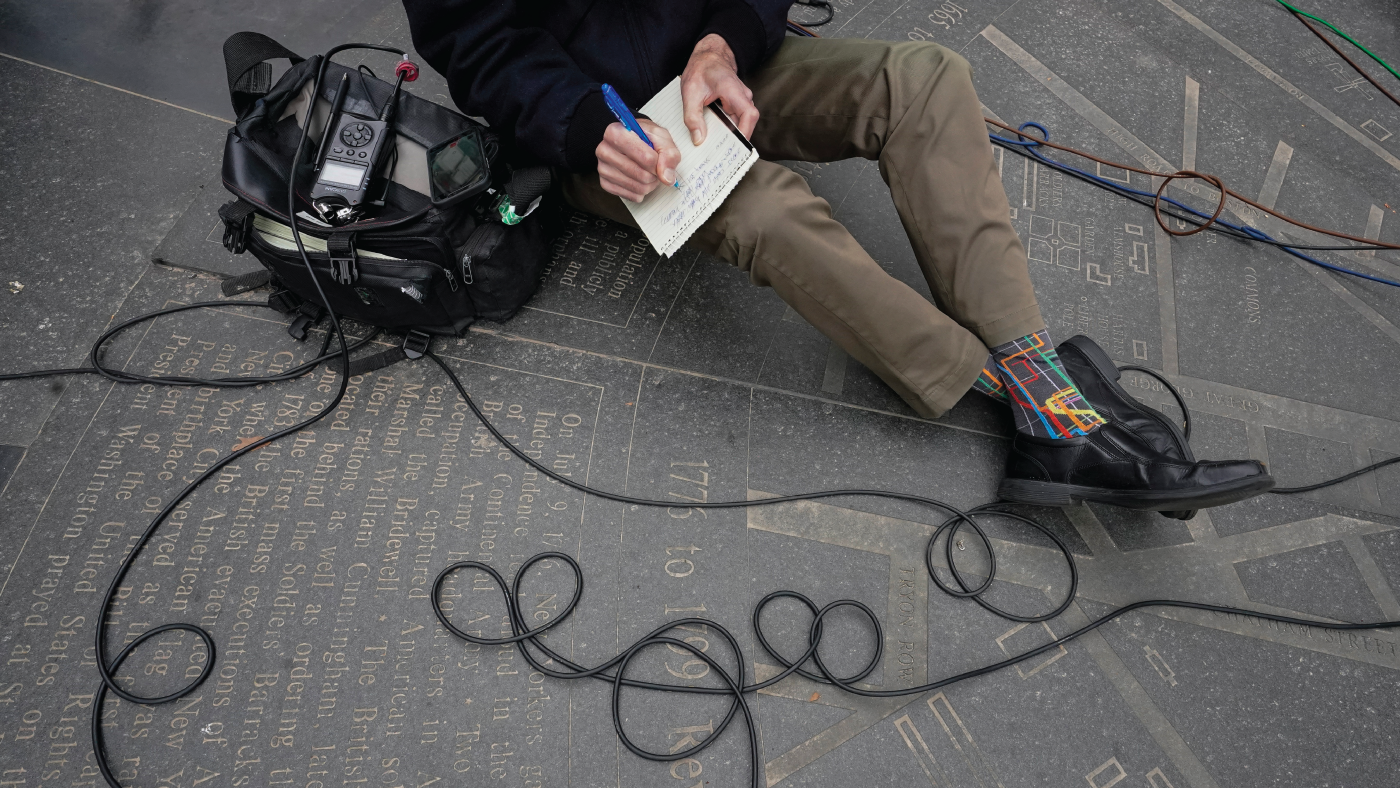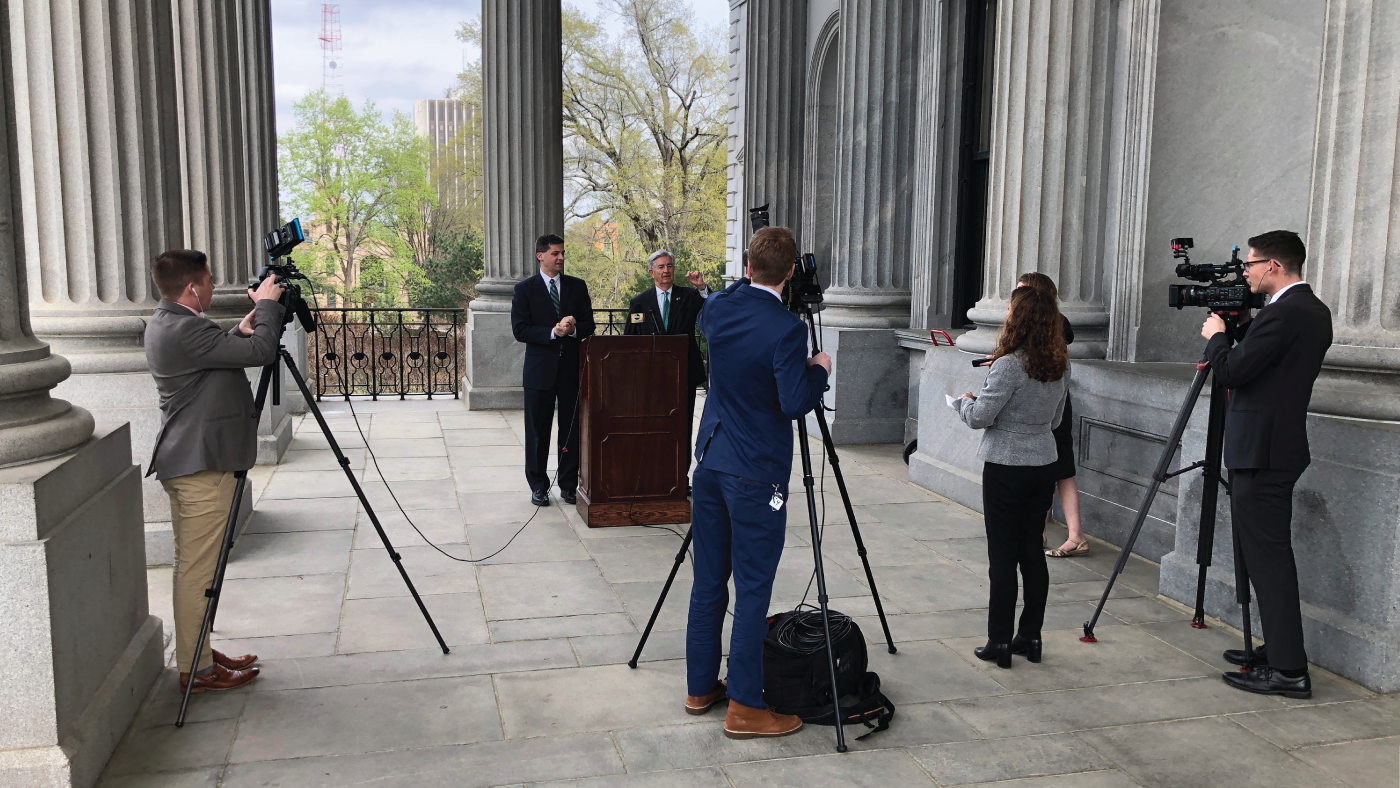
Ideological placement of news outlets in Western Europe
Explore where users of news outlets in eight Western European countries place these outlets on a left-right spectrum, based on their perception of their ideological leanings.
Explore where users of news outlets in eight Western European countries place these outlets on a left-right spectrum, based on their perception of their ideological leanings.
Across eight Western European countries, people with populist leanings have more negative attitudes about the news media than do those with non-populist views.
Just 31% of Americans say it would be very hard to give up their TV, down from 2006. In contrast, roughly half of cellphone owners say it would be very hard to give up their cellphone.
At the same time, the contours of connectivity are shifting: One-in-five Americans (20%) are now ‘smartphone only’ internet users at home.
For a recent study on automated accounts and Twitter, we had to answer a fundamental question: Which accounts are bots and which accounts aren’t? Read a Q&A with Stefan Wojcik, a computational social scientist at the Center and one of the report’s authors, on how he and his colleagues navigated this question.
U.S. adults are mostly against government action that could limit people’s ability to access and publish information online. There is more support for steps by technology companies.
Read key findings and watch a video about our new study on how bot accounts affect the mix of content on Twitter.
An estimated two-thirds of tweeted links to popular websites are posted by automated accounts – not human beings.
Facebook and YouTube dominate the social media landscape. But younger Americans, especially those ages 18 to 24, stand out in using a variety of platforms like Snapchat, Instagram and Twitter.
About seven-in-ten women in Congress mentioned sexual misconduct in their official Facebook posts between Oct. 1 and Dec. 30, 2017, compared with 37% of men in Congress.
A survey of U.S.-based journalists finds 77% would choose their career all over again, though 57% are highly concerned about future restrictions on press freedom.
Digital news has become an important part of Americans’ news media diets, with social media playing a crucial role in news consumption.
In recent years, several new options have emerged in the social media universe, many of which explicitly present themselves as alternatives to more established social media platforms.
The total number of journalists assigned to state capitol buildings is up 11% since 2014, though figures vary widely by state.












